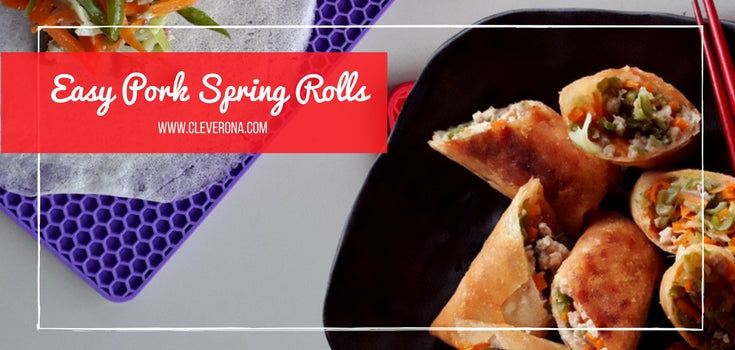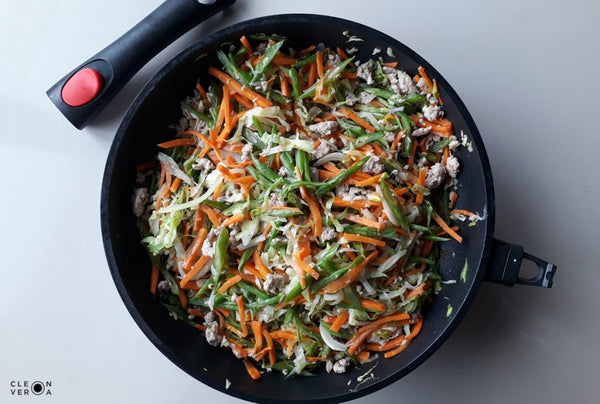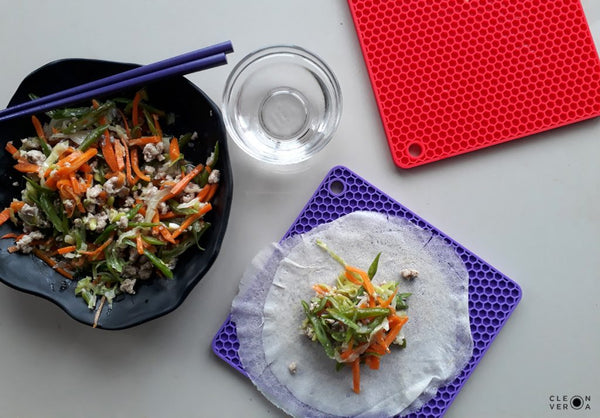Food & Recipes
Easy Pork Spring Roll Recipe

Spring rolls are among the long list of foods from the Asian cuisine that is now well-loved even in the western world. You can have them along with other dim sum food items, as appetizers, as side dishes or as stand alone snacks.
The best thing about spring rolls, however, is that they are not only delightful to eat. They are also fun and easy to make. Since it is the Chinese New Year, here is an easy pork spring roll recipe that you can make at home.
Ingredients
Procedure

Heat 3 tablespoons of vegetable oil in a large fry pan or wok. Saute garlic and red onions until translucent. Add ground pork. Stir in and break ground pork while cooking to prevent huge lumps of meat from forming. Season with salt. Cover the pan for 10 minutes to let the pork cook thoroughly. Remove the lid and let the excess water from the meat to evaporate for another 7 minutes.

- spring roll wrappers,
- a plate where you will make the rolls,
- another plate where you will put the rolls,
- a small container with water,
- and the cooled filling

Once you are on your last 3 or 2 rolls, you can start heating the oil on the fry pan for frying. You will need about a 2-inch deep oil for frying.
Bonus recipe notes

- Drain excess moisture from the filling before you start making the rolls. This will prevent the moisture from soaking the wrapper. Soaked wrappers tear when you fry the rolls.
- Cabbage cooks and softens really fast. To prevent the cabbage in your filling from becoming soggy, cook your carrots and green beans half-way before adding the cabbage.
- If needed, even out the filling in a rectangular shape that's about 1 and a half inch wide and about an inch long. An even filling will help you make the rolls easier. It will also assure that the spring rolls will be in the same sizes.
- Instead of laying the fried rolls on a paper towel to remove excess oil, lay them on a cooling rack (the one mostly used for cakes and pastries). This drains the oil better than a paper towel. And because the spring rolls are not in contact with the paper, oil will not seep back into the rolls. This also results in crunchier rolls.


